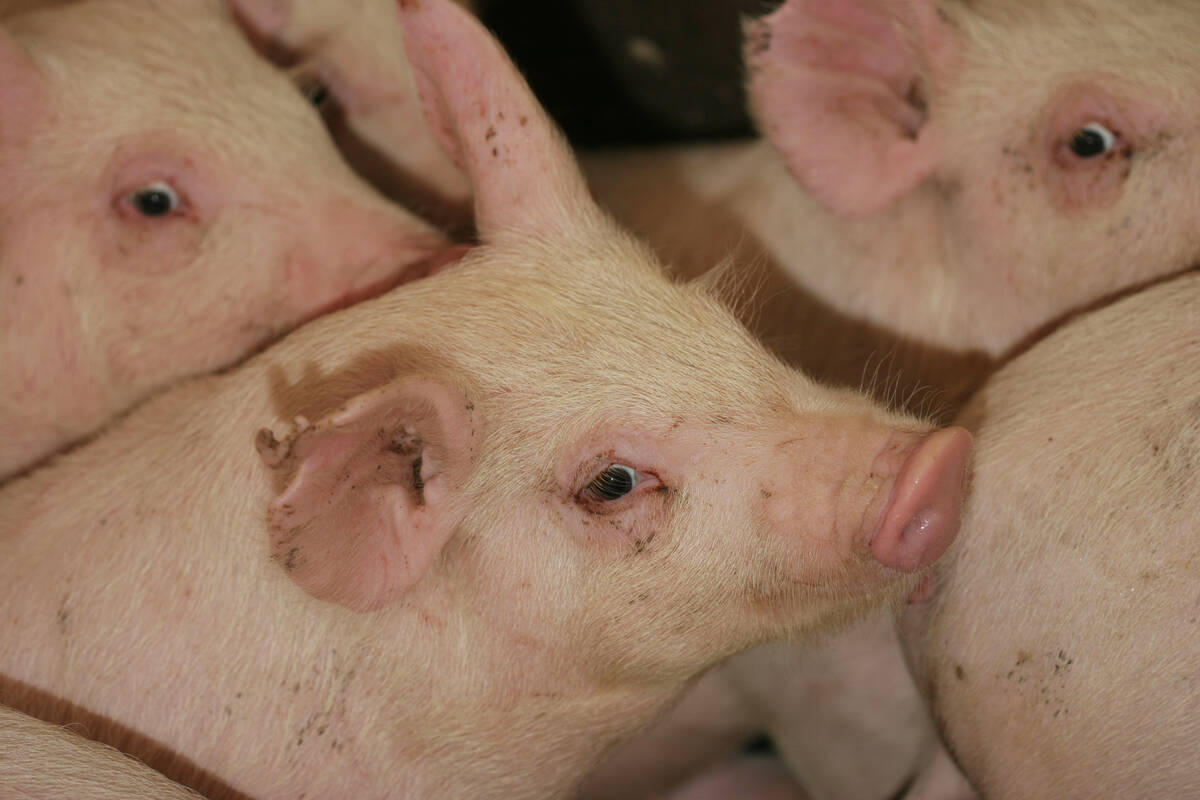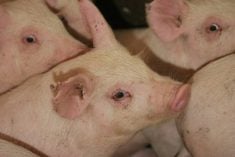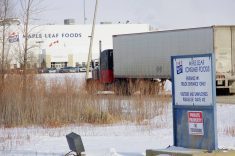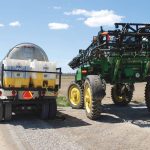Canada and the United States have granted conditional approval for an E. coli vaccine for cattle.
Both governments want more tests to prove it works before full licensing is approved.
Testing the drug’s effectiveness is difficult because it does not protect animal health. Instead, it prevents the spread of E. coli O157:H7, which has the potential to sicken people who eat contaminated food.
E. coli is found in the intestinal tract of all animals. There are hundreds of strains, most of which do not cause disease.
Read Also

The Western Producer Livestock Report – September 25, 2025
The U.S. national live price average for barrows and gilts was $81.21 Sept. 17. It was $78.37 Sept. 9. U.S. hogs averaged $106.71 on a carcass basis Sept. 17, up from $106.10 Sept. 9.
The O157:H7 variant is a mutant and has been found in the intestines of healthy cattle, deer, goats and sheep. It does not harm the animals.
Bioniche Canada, which manufactures the vaccine in Ontario, wants the government to pay to vaccinate cattle as a public service.Â
“The vaccination of these animals should be a government responsibility, at least for the first four or five years,” said Graeme McRae of Bioniche.
“I don’t know how we are going to get a change …. We have generated a lot of scientific evidence on how the vaccine works and how well it works, but for the regulators, scientific university research doesn’t really satisfy their regulatory requirement.”
He said parameters may be needed to assess this kind of product.
The Canadian Food Inspection Agency permits veterinarians to administer the vaccine but its use is limited.
Vaccinating cattle would be part of a larger E. coli control program, in which cattle and carcasses are washed at the packing plant and a Hazard Analysis Critical Control Points program is followed to prevent the disease from spreading, often from manure.
“Anything you can do before it gets into the slaughterhouse to reduce E. coli is going to have a huge effect on the food coming out the other end,” McRae said.
The company has put together $25 million in financing to increase manufacturing in the next two years to meet demand. Forty million doses are expected to be available.
Cattle should be vaccinated before they arrive at a feedlot and twice more for full effectiveness. Research has found that two doses will work. There is a 60 day withdrawal period.
Brett Finlay, a researcher at the University of British Columbia who discovered the vaccine, found that the bacteria secrete proteins and one of them serves as a receptor when injected directly into an intestinal cell wall. The bacteria adhere to the receptor, allowing them to colonize the intestine.
The O157:H7 strain attaches differently than other forms of the bacteria and Finlay realized it might be possible to immunize against the attachment proteins.
Working with the Vaccine and Infectious Diseases Organization at the University of Saskatchewan, he created secreted proteins to immunize cows, which led to the vaccine.















